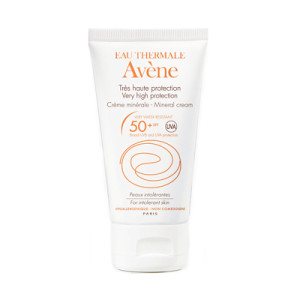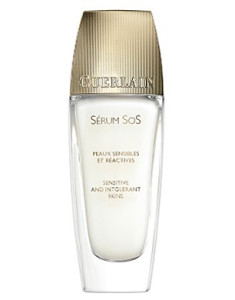A Question of “Intolerance”
 I recently had a very interesting email exchange with a translation student who contacted me about a terminology question. The issue at hand was the idea of “intolerant skin” coming as a direct calque from the French “peau intolerante.”
I recently had a very interesting email exchange with a translation student who contacted me about a terminology question. The issue at hand was the idea of “intolerant skin” coming as a direct calque from the French “peau intolerante.”
While it is true that the term exists in English mainly in conjunction with cosmetic products made by French companies (Avene, La Roche Posay, Darphin, etc.), its existence raises a fascinating dilemma of terminological innovation in the beauty industry.
A native English speaker would cringe at the thought of saying “intolerant skin”, which does not seem like a “natural” choice in English because of lack of widespread usage in this context. He or she would conclude that the more accurate term would be “hypersensitive skin” and thus translate “peau intolerante” accordingly.
However, French cosmetics companies are “trendsetters” using marketing strategy and lexicologic al innovation to differentiate their products on a highly saturated market. They need to make their products distinct and one-of-a-kind in order for consumers to be drawn to buy them; one of the ways to do that is to establish new distinctions between different types of skin.
al innovation to differentiate their products on a highly saturated market. They need to make their products distinct and one-of-a-kind in order for consumers to be drawn to buy them; one of the ways to do that is to establish new distinctions between different types of skin.
French marketers have thus at some point made the conscious decision to use the term “intolerant skin” in English in order to emphasize the idea of their products as being highly targeted and specifically designed to meet a very particular need.
Their choice was also part of a trend to “medicalize” products to give them what some consumers will perceive as the “scientific” seal of approval. In fact, “cutaneous intolerance” or “skin intolerance” is really more of a medical notion (e.g. cutaneous intolerance to wool clothing as a typical feature of atopic dermatitis) so what we have here is an example of terminological transfer between two fields.





